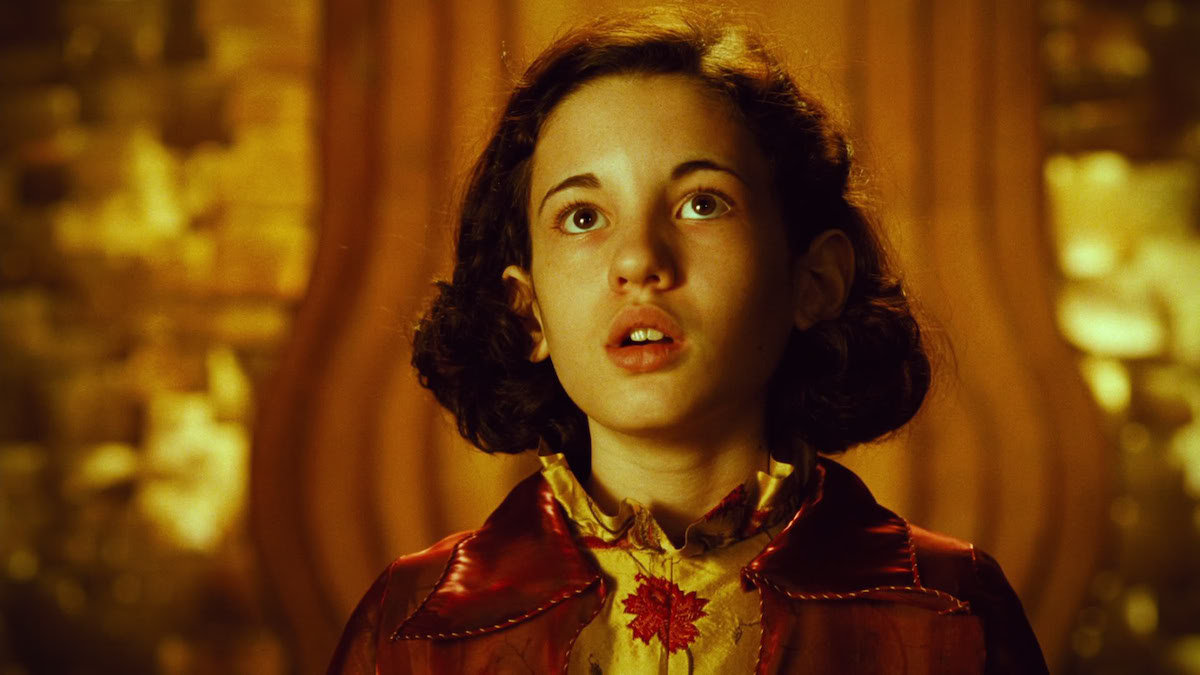
Films are often categorized in the two distant poles: those of the commercial films that are focused on entertainment and generating profit, and those of the art house films that are focused on expressing a personal vision that’s far away from any commercial purpose.
But there is wide spectrum between these two poles, a spectrum holding many of the greatest films ever made. Here is a list of 10 films that, without renouncing any of the great virtues of each type of film, are great combinations of art and entertainment.
1. Nueve Reinas (2000)
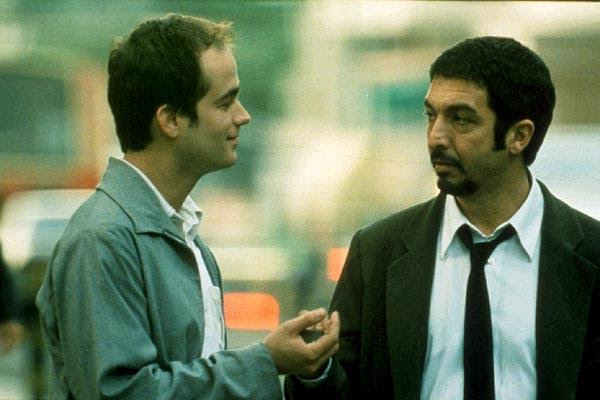
This film was written and directed by the outstanding Argentinian director Fabian Bielinsky, whose short career consists of only two films, both of them perfectly crafted. Bielinsky’s early and unexpected death left the filmmaking world devastated since he was one of the most promising directors of his generation.
“Nueve Reina” was his first feature film, and it displayed a clear control of the Classic Narrative Mode and an uncanny control over the dramatic tension within a film. The film portrays the great Ricardo Darín and Gaston Pauls as two crocks who, over the course of a day, go from stealing an old lady to a millionaire heist.
The film’s constant twists keep the viewers on the edge of their seats as the two crocks keep raising the risks they take in order to keep up with the heist. There is a constant game of lies between the two lead characters who know they must not trust each other.
Without giving away the ending of the film, it can be said that it creates a very particular and powerful perspective through the manipulation of the audience. The precision with which this perspective is built along with the several episodes of the film reveals the director’s ability to create a deeply meaningful and also entertaining film.
2. Seven Samurai (1954)
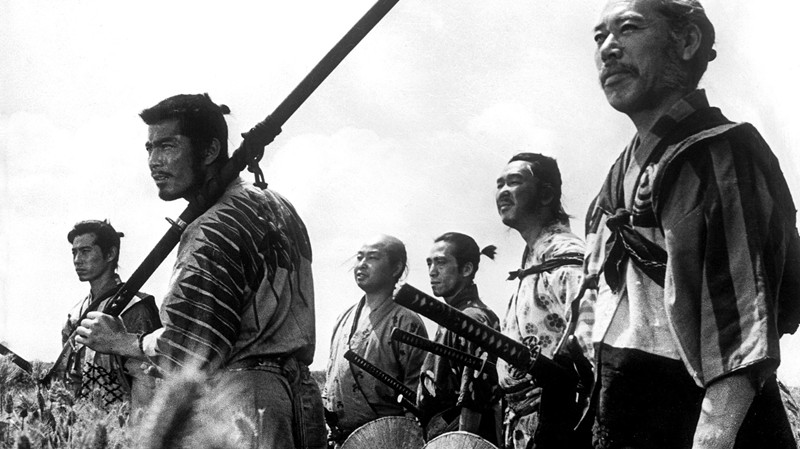
The films of legendary Japanese filmmaker Akira Kurosawa were extremely influential in the film world; many generations of filmmakers recognized him as an influence and one of the great masters of filmmaking. He made several great films, one of which is the internationally acclaimed “Seven Samurai.”
The film is one of the greatest examples of both artistic ambition and a powerful dramatic structure that keeps viewer invested in the film, as the three-hour run time passes by quickly. In this film, Kurosawa worked with his longtime collaborators to create compelling characters and precisely staged scenes that took action in film to a level that had been never seen, both in precision and in artistry.
The film portrays a group of seven warriors who are hired by helpless villagers to defend them from whole band of ravagers who outnumber the warriors. The confrontation between the warriors and the ravagers is precisely built and delivers a dynamic rhythm, but what makes the film so entertaining and compelling is the interactions between the characters.
Through the film, we get to know the humanity between the characters, how the warriors become a truly united group, and how they come to care for the village and even make sacrifices for it. This gets us interested in the film at the same time as it appeals to the humanity between us, one of the greatest aspects of Kurosawa’s film.
3. Lawrence of Arabia (1962)
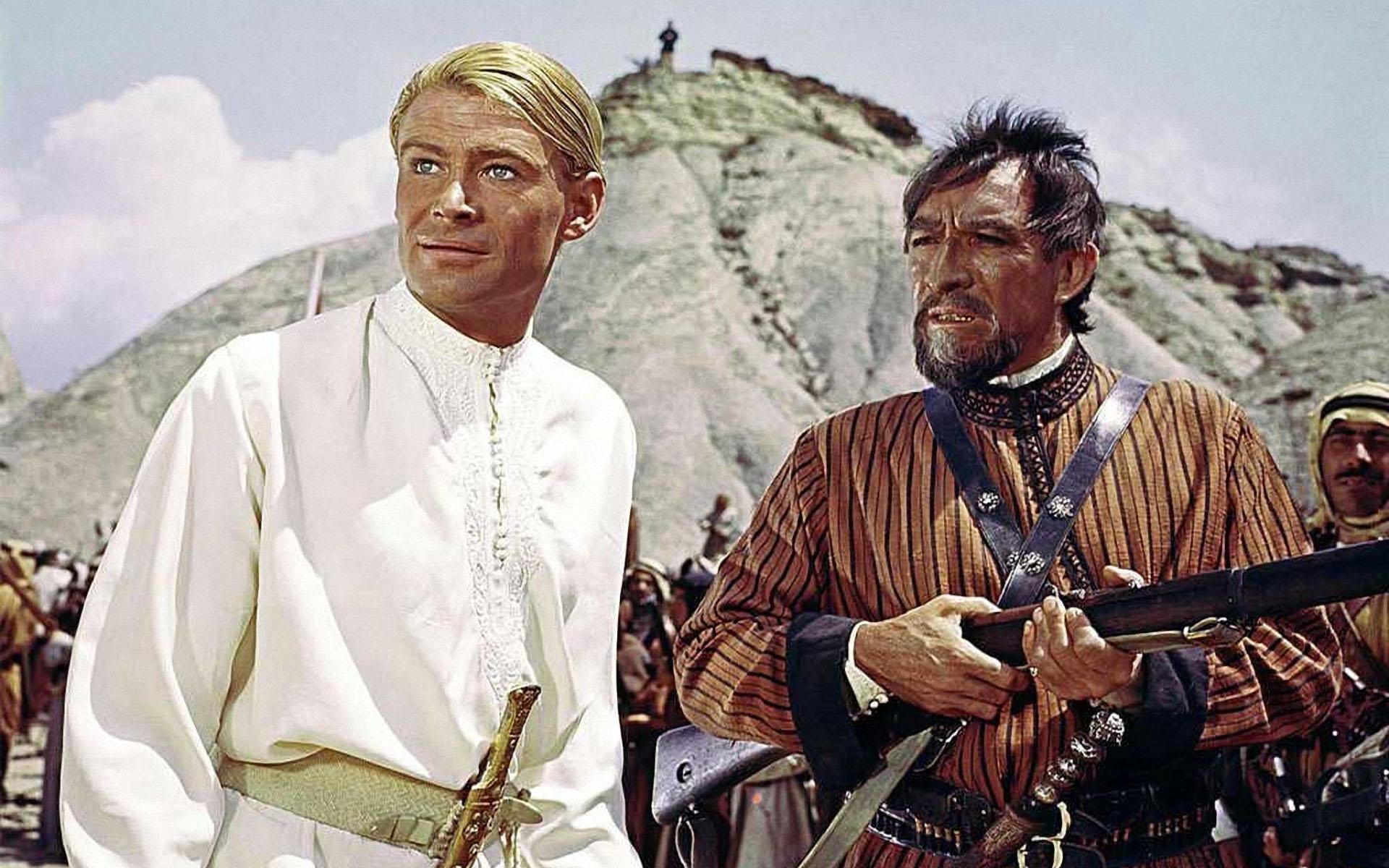
Based on the life of the polemic T. E. Lawrence, this film is the greatest example of the way in which the British film industry in the 1960s created films that were both commercially successful and artistically ambitious.
It was directed by David Lean, who came to be known for these high-budget historical and epic dramas, and it worked for some of the greatest filmmakers in the industry, including Sam Spiegel, Robert Bolt, Michael Wilson and Maurice Jarre. The film shows the hardships of Lawrence, both external and internal, in the frame of effects of World War I in the Arabian Peninsula.
The film, which ran for more than three hours, earned international acclaim and became a landmark of film history. It was nominated for 10 Oscars and won seven, including Best Picture. It also won the Golden Globe and BAFTA for Best Motion Picture.
It was also recognized by the American Film Institute and the British Film Institute as one of the greatest films ever made. The film stands a landmark of the greatest kind of movie that industrial filmmaking can aim to achieve.
4. Psycho (1960)
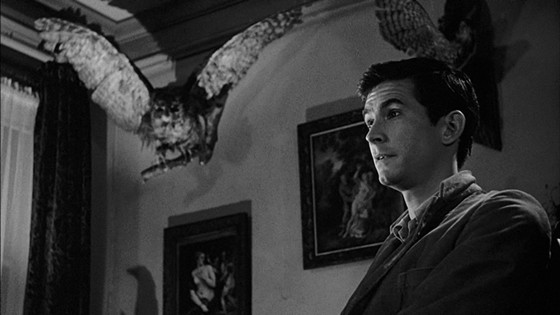
Alfred Hitchcock once answered the feared question regarding what cinema is, in with an ironic and meaningful answer: he said that it was just seats to be filled. The masters of suspense had a very unique and sometimes shocking view of cinema that sometimes could be read as a cold and commercial approach, but that was not what his films revealed. Instead, his films revealed a true sensitivity toward the human condition, and with a clear intention of presenting reality from a certain point of view.
There was also manipulation. Hitchcock was very conscious that his films were going to be seen and he worked with the spectator in mind, playing with his expectations to keep a constant investment in the film.
“Psycho,” one of his most commercially successful films and the one that ended with a bad streak, is a great example of the style mastered by Hitchcock. It involves the mysteries of a motel in the middle of nowhere, which receives visitors who are murdered under mysterious circumstances.
While Hitchcock keeps us interested in understanding the crimes, he breaks the Classic Narrative Mode and creates a psychologically revealing house analyzed by Slavoj Žižek himself. But all of the “intellectuality” in Hitchcock’s films melts perfectly within the plot and the emotional experience that Hitchcock precisely crafted in the film.
5. The Grand Budapest Hotel (2014)
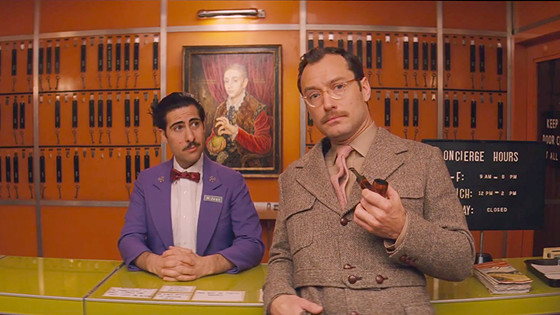
American filmmaker Wes Anderson is one of the most admired director by the younger generations of cinephiles. He has mastered one of the most recognizable and unique styles in contemporary cinema, creating a universe of his own with its own kind of dynamic.
As an admirer of classic cinema, Anderson occupies himself in building his films with compelling characters that create almost instant empathy in us. There is also constant visual comedy in his films, allowing them to be entertaining while delivering profoundly poetic moments where Anderson perfectly melts art and entertainment.
In “The Grand Budapest Hotel,” we see the arrival of a refuge named Zero into a luxurious and nostalgic hotel, managed by an equally luxurious and nostalgic man, Gustav. Through the film, we see the plot revolve around an inheritance as Gustav and Zero become fond of each other.
Several subplots develop as the heist for the inheritance goes on, and the love story between Zero and Agatha and the friendship built between many of the characters are profoundly moving. The events around the inheritance keeps us invested as Anderson creates a beautiful homage to the best of humanity: kindness and decency, embodied in both Zero and Gustav.